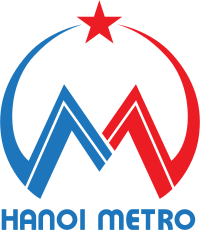
Photo from wikipedia
The targets and challenges of the sustainable city of tomorrow are wide. In Hanoi city (Vietnam), the sustainable aspects of the urban landscape evolution are affected by a rapid urbanization,… Click to show full abstract
The targets and challenges of the sustainable city of tomorrow are wide. In Hanoi city (Vietnam), the sustainable aspects of the urban landscape evolution are affected by a rapid urbanization, inefficient urban spatial planning, and the pressures of contemporary socioeconomic growth. This paper describes the evolution of urban landscape in Hanoi during the period 1990–2030. The background is the urbanization and the changes in urban planning. Urban land use/land cover of Hanoi city in 1993, 2000, 2007, 2012, and 2015 is described using LANDSAT satellite images. Land use/land cover of Hanoi in 2030 is projected by the Markov–cellular automata, which are a hybrid model of Markov chain analysis, multi-criteria evaluation, and cellular automata. The results show that Hanoi is becoming a metropolis, gradually having more dynamics and more diversity, but having less green in its pattern until 2030. All over Hanoi city, the built-up areas expanded, while the non-built area and water bodies narrowed. Residential, industrial, commercial, and service areas grow increasingly faster and become dense in the southwestern and southeastern parts of the city. New lakescapes and water corridors orient new urban development. Green areas become smaller and more fragmented. Agricultural rings have been cleared and replaced by new urban areas. Planning and managing the urban evolution toward sustainable development are imperative in Hanoi. The methods described in this paper can be effective tools expected to help planners, managers, and residents to deal with these concerns in the future. Moreover, socioeconomic development, environmental protection, improving urban planning efficiency, and integrating local governance into urban planning should be prioritized for a sustainable Hanoi city in the future.
Journal Title: Environment, Development and Sustainability
Year Published: 2017
Link to full text (if available)
Share on Social Media: Sign Up to like & get
recommendations!